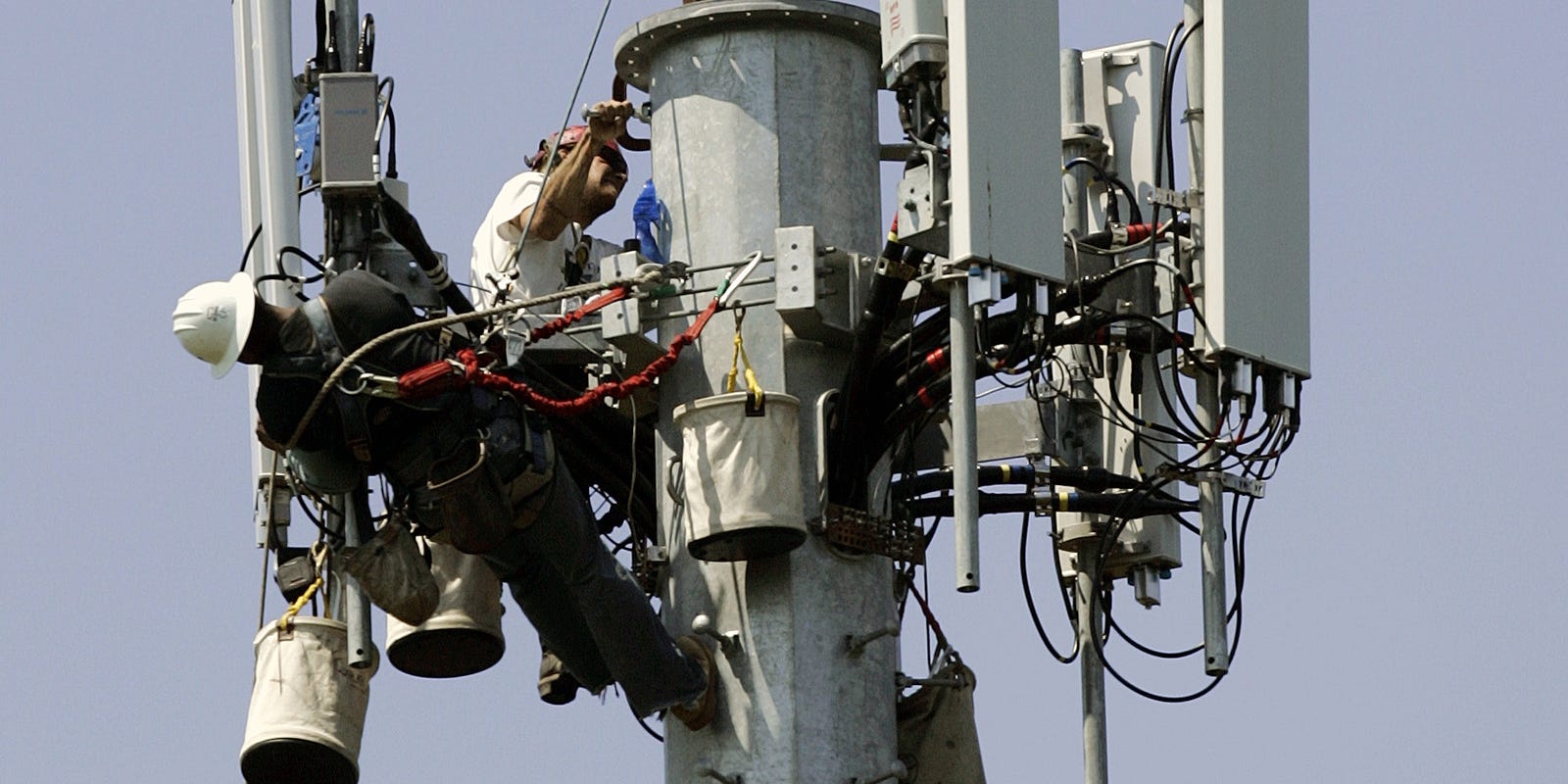If you've ever wandered through a town, you may have seen tiny 5G cell towers placed on poles for street lighting. They appear like tiny boxes however, they're actually transmitting wireless signals from mobile providers to your mobile.
They are replacing the larger built cell towers. While they're less noticeable however, they could cause issues for users.
The FCC's Radiation Exposure Thresholds
The FCC's Radiation Exposure Thresholds define the safe distance that a person can be exposed to electromagnetic energy from wireless devices. The limits for exposure are based on research which show that the energy of RF could be harmful to human health.
The specific absorption rate (SAR) is a measure of the amount of radiofrequency energy taken up by tissues. It is typically 1.6 Watts per kilogram calculated over one gram of tissue.
Since https://onepetcare.com/members/animebat03/activity/149745/ is able to transmit at higher frequencies this could be able to cause greater energy intensity on the skin and other directly-exposed body parts. what is a safe distance from a cell tower can lead to many possible harms, like the appearance of skin conditions such as dermatitis, cataracts, and skin cancer.
Due to the potential for harmful effects of radiation from 5G, PSU has chosen to set a general localized power density limit of 4 mW/cm2 measured across 1 centimeter, but not to exceed 30 minutes for all 5G services at 3000 GHz. This localized limit is in accordance with the maximum SAR that is spatially averaged at 1.6 W/kg, averaged over one g of tissue at 6 GHz.
The FCC's Maximum Exposure Thresholds for Maximum Exposure

If you've ever used a cell phone, you probably know that a safe location from the tower should be at least 400 meters away. This is because the transmitting power of a cell tower increases dramatically the further away you are from it.
Although this may sound like a good idea however, people who live close to towers could be more prone to health problems. For instance, a 2014 study in India found that residents who lived within 50m of cell towers experienced significantly more health complaints than those living further far from antennas.
This study revealed that those who relocated into areas farther away from the cell towers saw their symptoms improve within a few days. Studies have also demonstrated that exposure to extreme levels of radiofrequency electromagnetic fields (EMFs) could cause brain tumors, cancers, and other health problems.
This is because RF radiation, which is used in wireless communication, can penetrate the human body's outer layer of skin. This is important to understand since the skin serves as a protective barrier against injury to the body, infection caused by pathogenic microorganisms and infiltration of toxic substances. The skin is the biggest organ of the human body. It is responsible for keeping the integrity of the other organs.
what is a safe distance from a 5g cell tower for the Minimum Exposure
The FCC's Minimum Exposition Thresholds depend on numerous assumptions that are not supported by scientific evidence. These include the erroneous assumption that exposures to RF radiation are safe due to the limited penetration into the body (i.e. thermal heating of tissue).
This assumption does not take into account the more extensive penetration of ELF components of modulated RF signals and the effects of short bursts of heat from pulsed RF waves. These assumptions are not in line with the current understanding of biological consequences of RF radiation. As such they shouldn't be used for health protective exposure guidelines.
Furthermore there is the fact that both ICNIRP and FCC restrict their maximum radiation limits for local peak SARs, based on the maximum spatial specific absorption rate (psSAR) that is not a sufficient dosimetric tool to assess the amount of radiation exposure. In particular the psSAR tool is not accurate when frequencies exceed 6 GHz. In addition, psSAR is not been tested for RF radiation exposed to other environmental agents , such like sunlight. The interactions of RF radiations with different environmental agents may cause synergistic or antagonistic results. This could result in the risk of having adverse health effects. For instance, exposure to RF radiation along with exposure to sunlight can increase the risk of skin cancer, as well as aggravate other skin conditions like acne.
